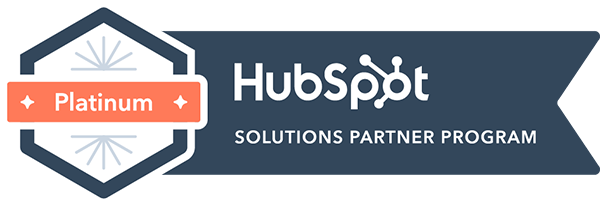 How often are you reaching out to your database?
How often are you reaching out to your database?
If the answer is "rarely," it's time to change that. Not only is email marketing not "dead," it's thriving. According to Hubspot, the ROI for email marketing is $36 for every $1 spent.
Despite the potential for email marketing success, a survey from MSP Magazine found that 34 percent of MSPs polled weren’t using email marketing at all, and 24 percent were only “kind of” using it.
Whether your efforts are stalled or you send plenty of email, but haven’t seen the success you were hoping for, here are some tips for creating compelling emails that convert:
1. Define Your Audiences
You can’t just begin emailing your list and hoping for the most. Highly effective email marketing is intentional.
Segmentation is very important, especially when you’re working with a mix of current, past and potential new customers. You’ll most likely be speaking to two groups: new lists, and existing or previous customers. Before you can send emails that work, you have to understand who you’re talking to, and what you want them to do.
For example, your current or past customers already know who you are, and what you do. But they might not know about your new services. An email to those people would look very different than an email to a brand new lead who only has a vague idea of who you are.
Segmenting out your email lists means that you can communicate directly to the needs of each of those groups.
2. Build Your Lists
In order for email marketing to work, you have to have a way for those lists to grow. When it comes to generating new leads, one of the best ways to do that is to offer something in exchange for email addresses.
This offering is sometimes called a “lead magnet,” and it’s usually something of value that you’re giving away for free. Creating that offering can feel daunting, but it doesn’t have to be anything big. Maybe you’ve created a simple IT checklist for new businesses, an email video series about cybersecurity, or a short ebook on cloud migration. Whatever it is, it should just be a sampling of what you can offer your clients.
You might want to create multiple offerings to see what lands the best with your target audience, and tweak them based on the results you get.
3. Develop Your Email Marketing Brand
Your marketing emails are an extension of your brand, so don’t feel like you have to try something vastly different to be successful. For example, would it make sense for your brand to include emojis in your subject line, or memes in your email? Or do you tend to take a more formal tone in your marketing? The only right answer here is to do what works best for your brand.
4. Create Effective Subject Lines
Your subject line should match whatever is in the body of the email. Avoid creating sensational subject lines just to get opens, because your audience will start to lose trust in your emails.
Over time, you’ll start to see which subject lines resonate best with your lists, and you can adjust your copy to reflect that.
5. Write Compelling Copy
Great email copy is clear, concise and to-the-point. It also speaks directly to its reader.
Remember that your readers need something from you. So when you’re drafting your email copy, focus on their pain points, and what your company can do to help.
Your emails should also be actionable and valuable. That means that it should include something of value for your readers, along with a call-to-action.
6. Nurture Your Lists
Getting people to sign up for your emails is one hurdle. The next one is keeping them engaged. Nurturing your list means that your current and potential customers are hearing from you consistently, keeping your company top of mind.
You should also avoid spamming your list with too many emails, because it’s going to turn off your audience. You have to find the line between how many emails you can consistently send and how many emails your audience will read each month or week. Again, it can take time to find what your readers prefer, so pay attention to metrics like open rates, click through rates and whether your emails ever get marked as spam.
The bottom line
Finding success with email marketing can feel challenging, but the more you do it, the more you’ll understand what works best for your audience. Adding in these email best practices - while listening to the needs of your customers - will help you create a successful email marketing system.
Send email, build automation, and make your sales process seamless with HubSpot. Learn how when you schedule a demo:




